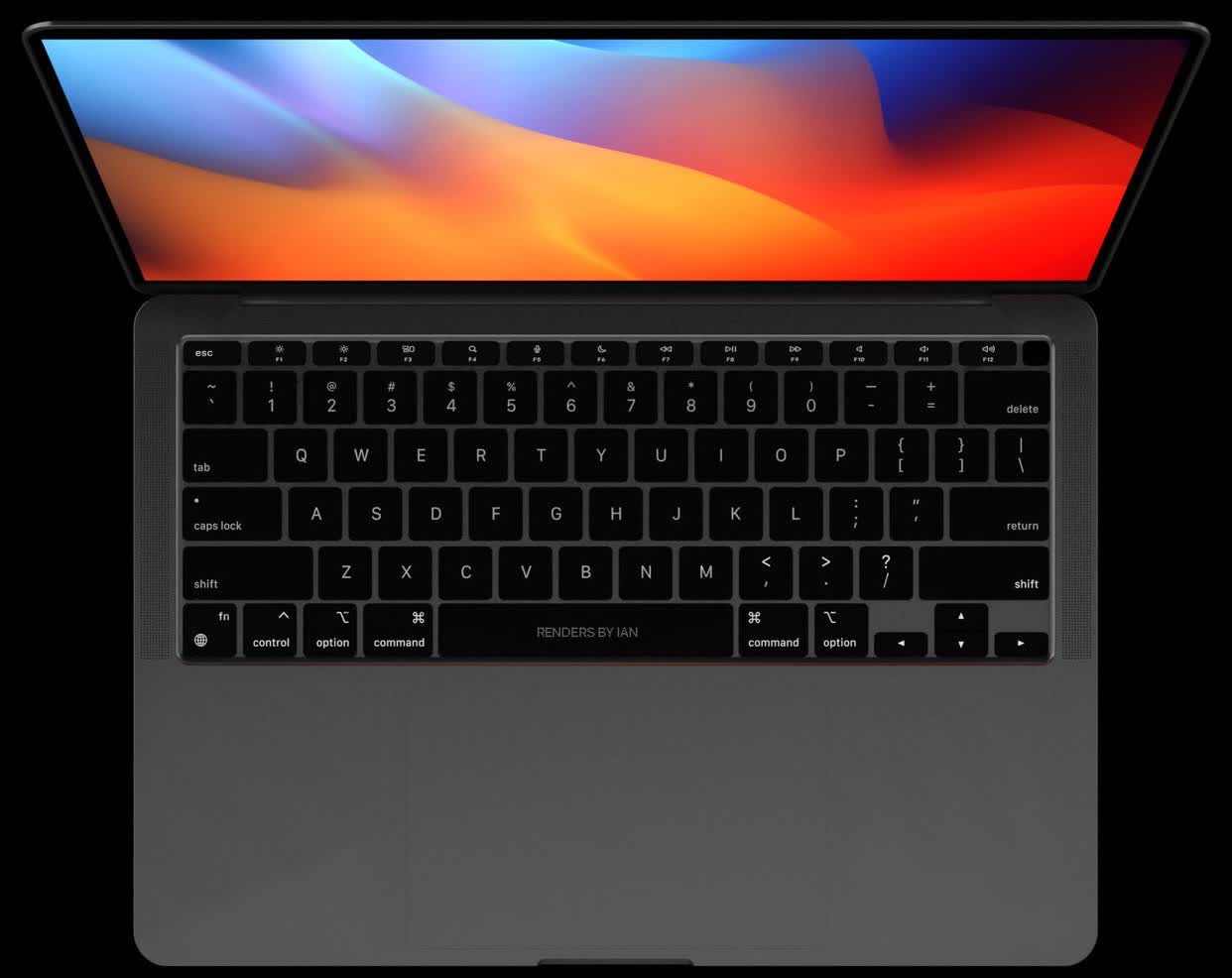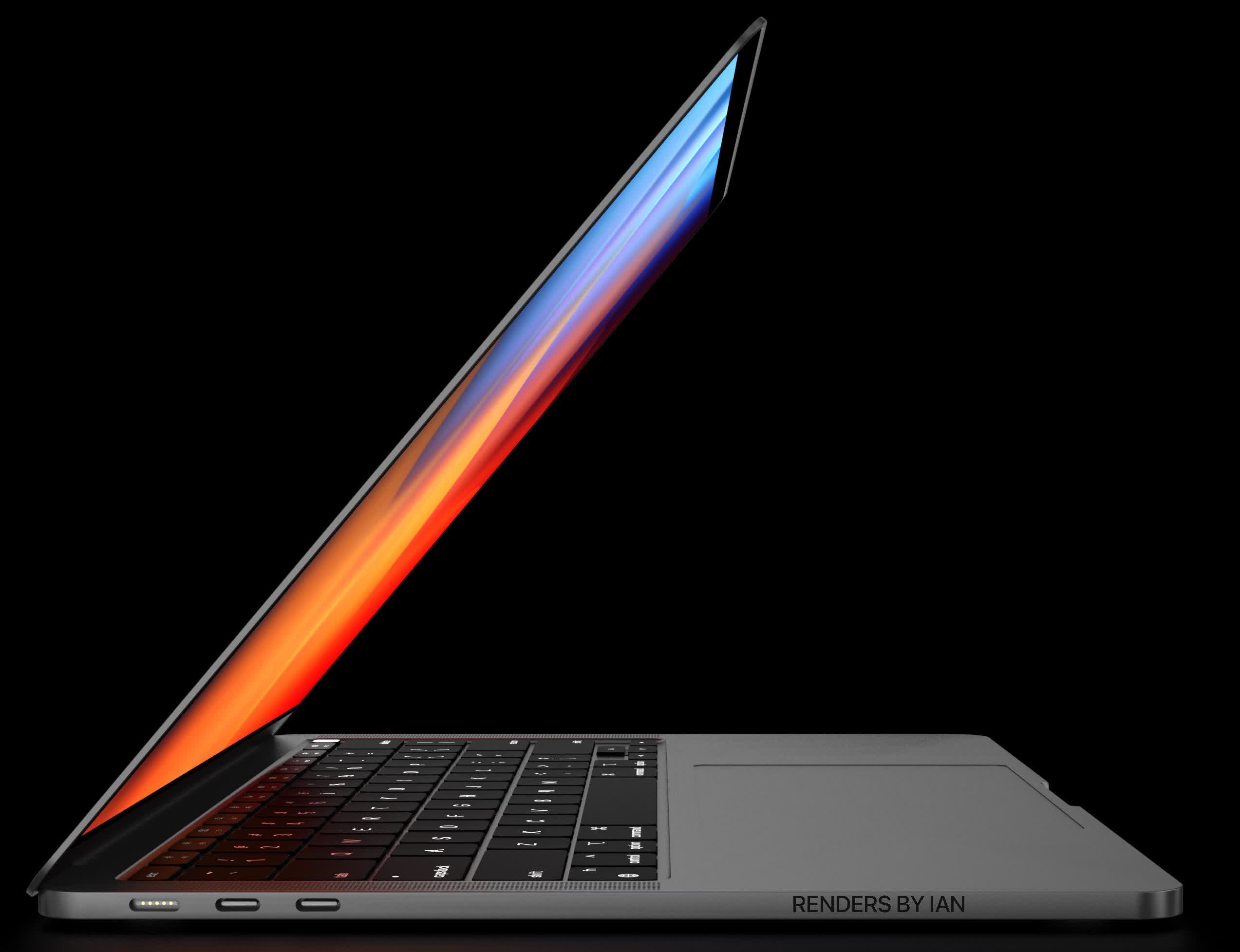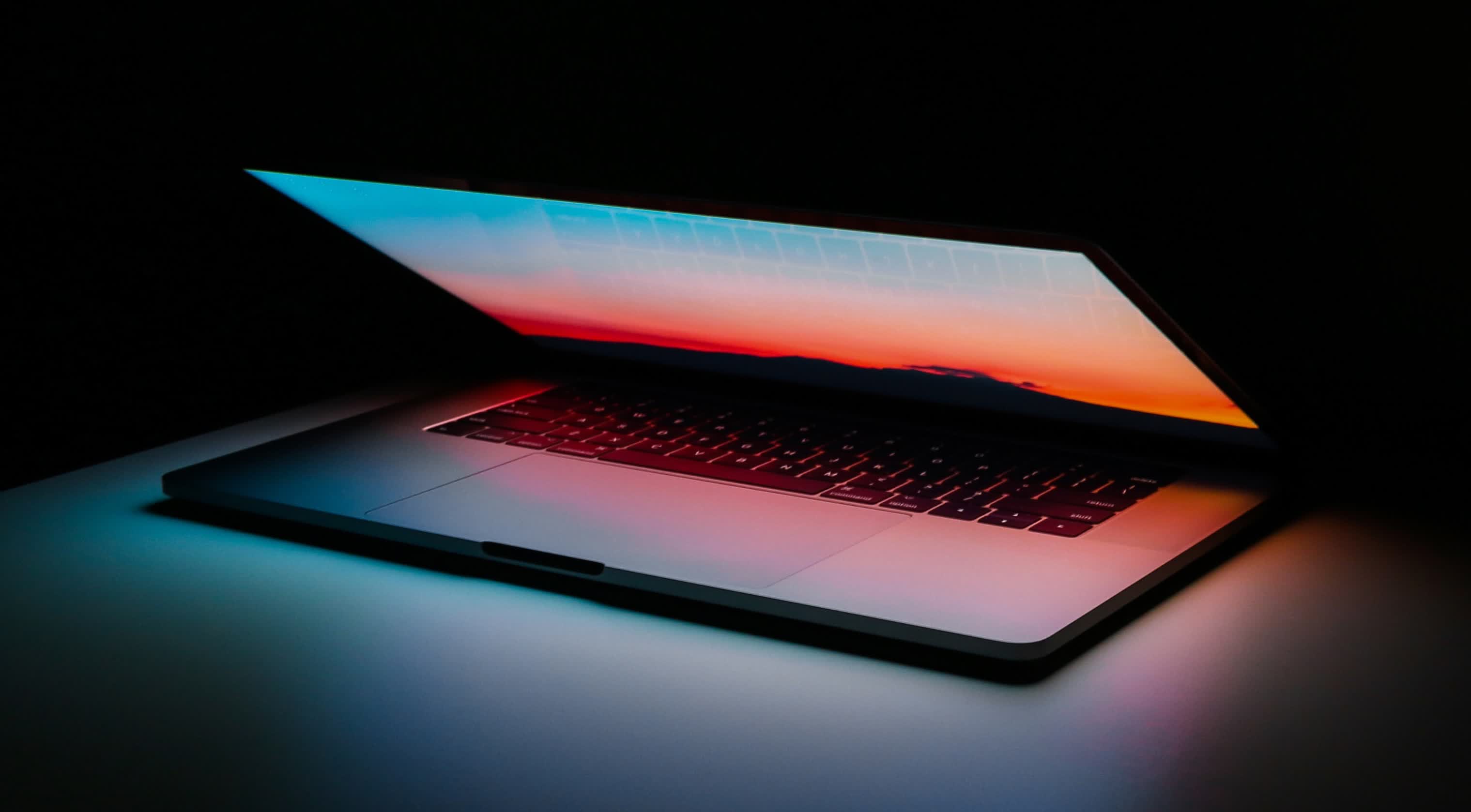Something to look forward to: Apple could soon transform the existing MacBook Pro lineup with a more powerful version of Apple Silicon at the heart of both models, as well as higher resolution Mini LED displays with support for ProMotion high refresh rate technology. With a bit of luck, this transformation might also bring back a port or two for the pros that have been asking for them since 2016.
Apple is expected to announce its next generation MacBook Pro sometime in the October-November time frame, and the latest macOS Monterey beta contains some hints about what to expect from the company's upcoming laptops.
As spotted by MacRumors, the seventh beta of the new operating system has some references to "3,024 x 1,964 Retina" and "3,456 x 2,234 Retina." These don't correspond to the resolutions of any displays found in current and previous generation Macs, so they could very well be the screen resolutions of the much-anticipated M1X-based 14-inch MacBook Pro and 16-inch MacBook Pro.

Notably, the two resolutions are higher than the native resolution available on existing 13-inch and 16-inch MacBook Pro models, which have a pixel density of around 226 pixels per inch. Judging by the two references found in the System Information app files, the new models will have a pixel density of around 250 pixels per inch. And the added resolution would afford users more screen real estate, especially for people who prefer the 2x scaling option.
The new screens are also expected to be of the Mini LED variety, and it wouldn't be surprising if they also support a higher refresh rate.
Otherwise, the M1X chipset that will power the upcoming MacBook Pro models should offer more performance than the already impressive M1 SoC. If it follows the same trend as the A-series chipsets, we should see a more significant uplift in graphics performance as opposed to CPU performance when compared to the previous generation silicon.

There are also rumors that Apple will omit the Touch Bar and revive the beloved MagSafe connector that went away for the sake of the USB Type-C revolution. With some luck, we might even see an SD card slot and an HDMI port in the new designs.
Apple reportedly expects to sell around 600,000 to 800,000 units of the new MacBook Pros per month, so one can only hope that at least one of these ports will make a much-needed return.
Masthead credit Ales Nesetril
